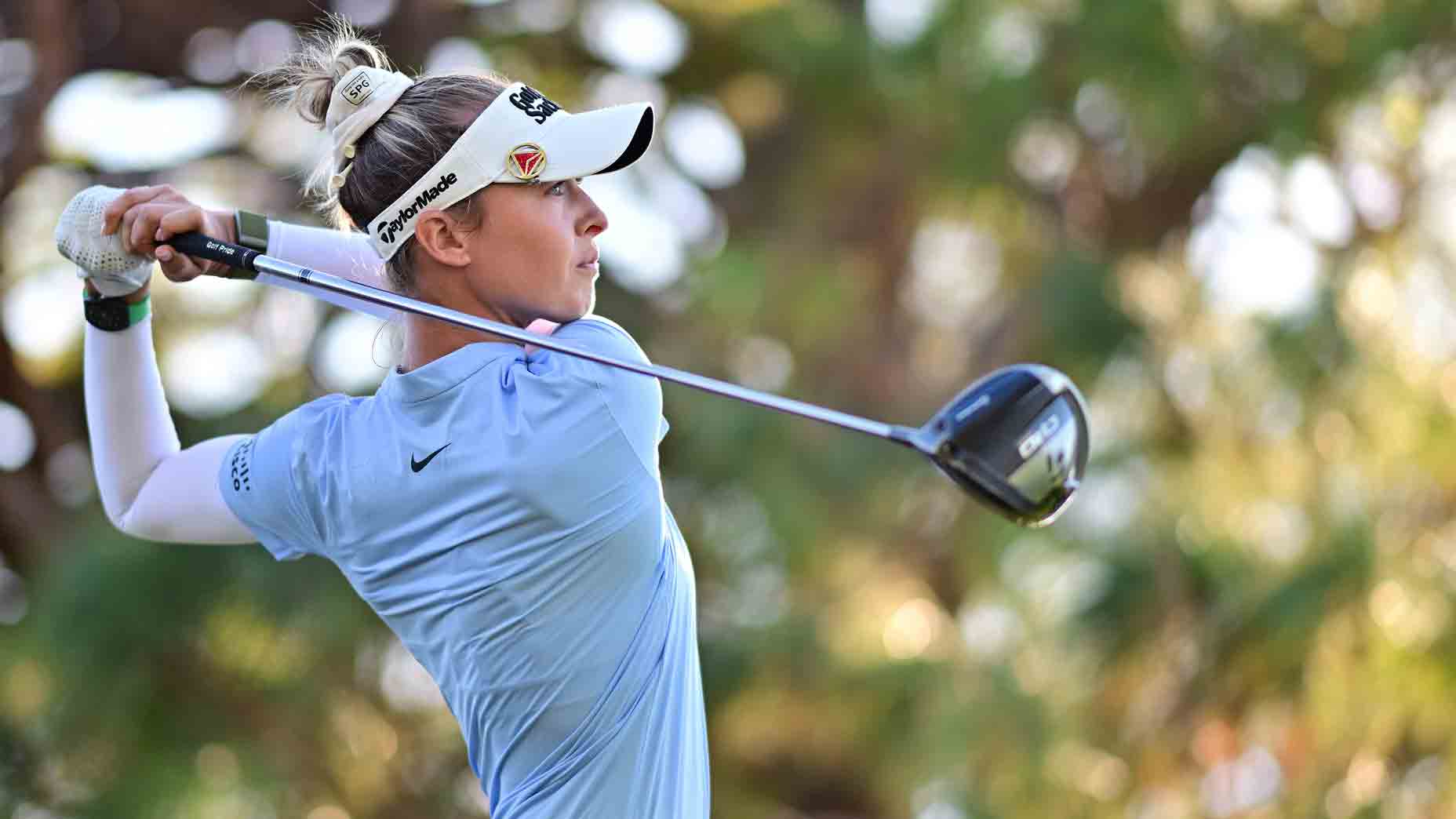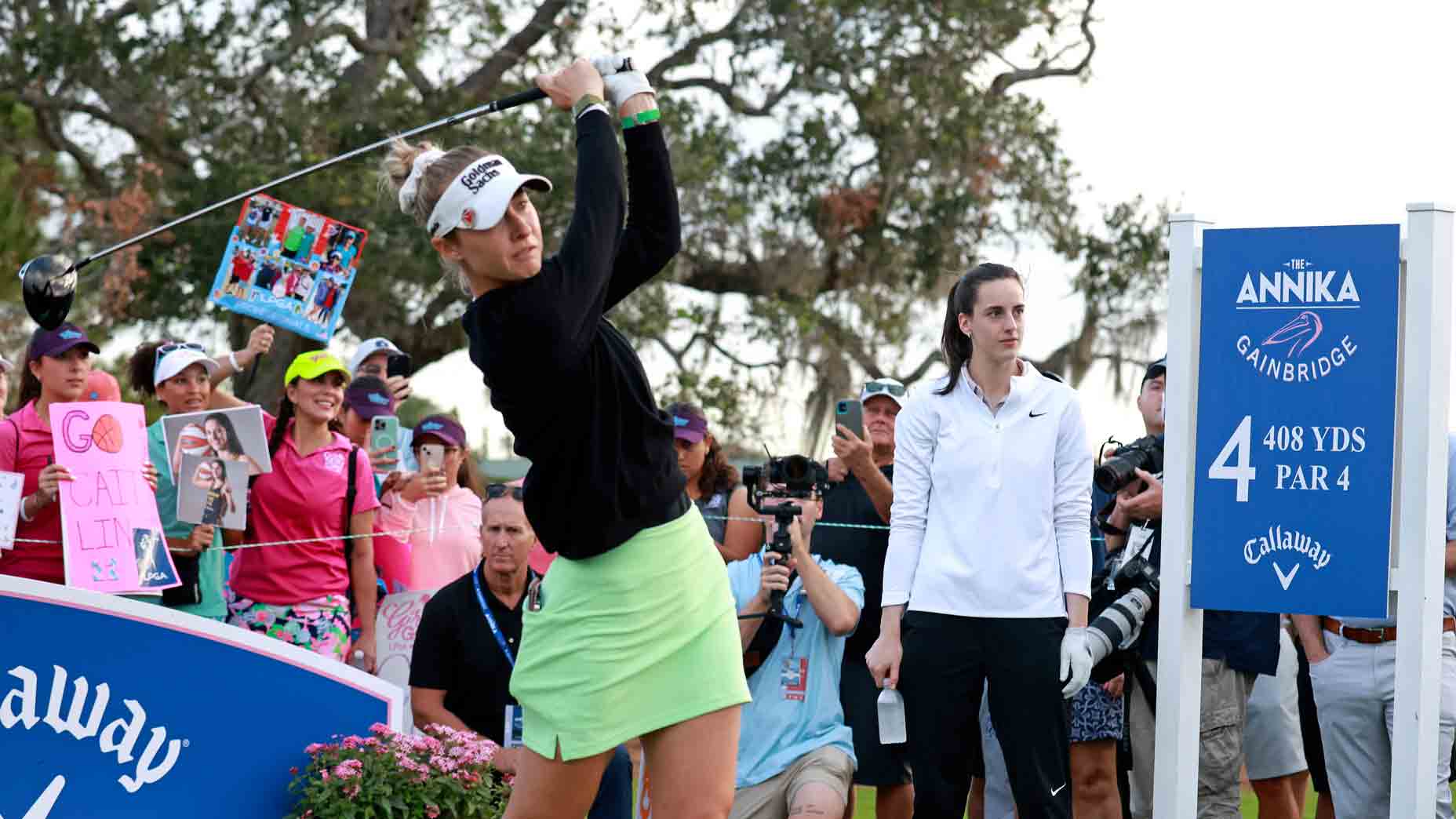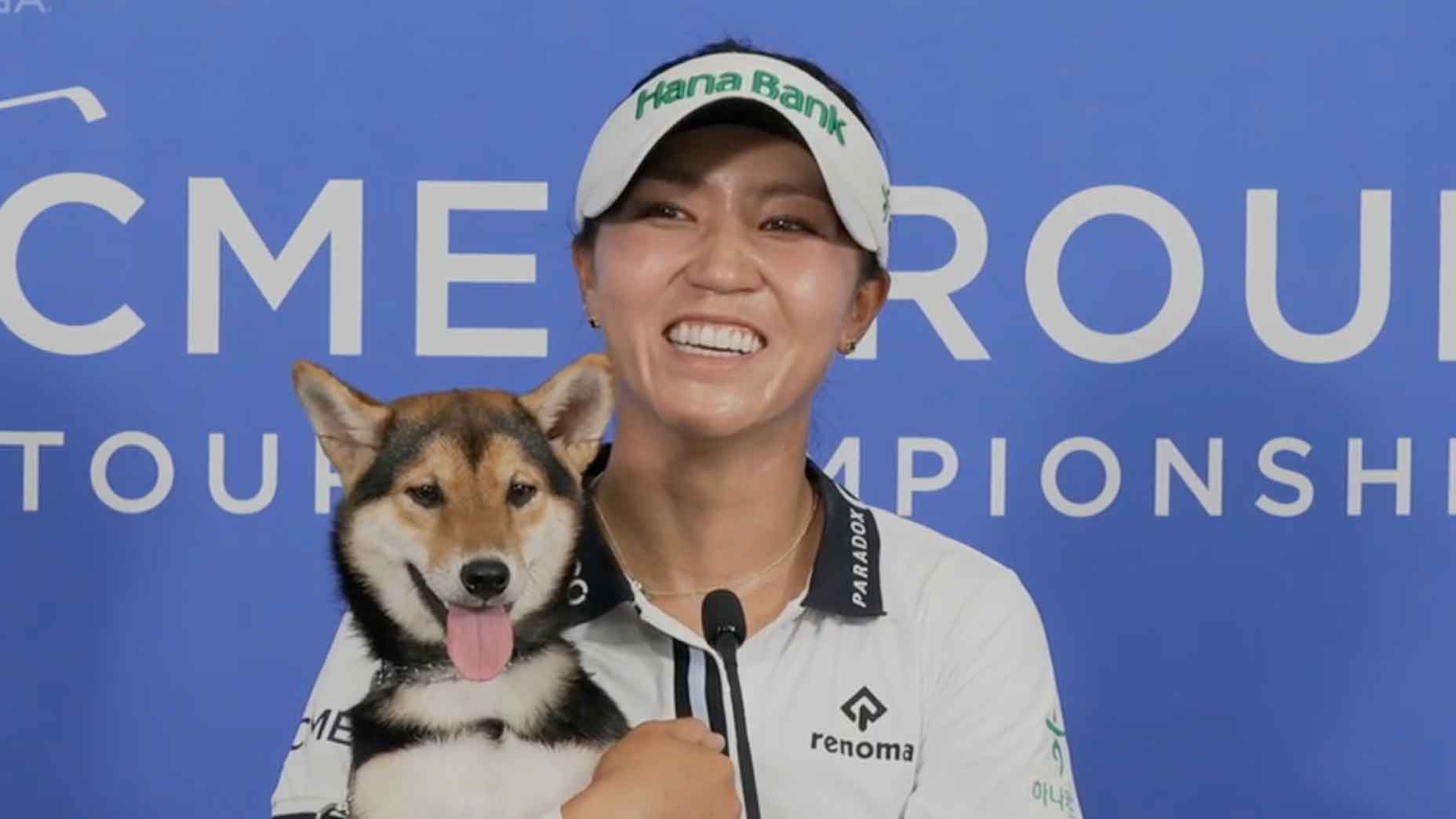It’s not uncommon for a player to give a shoutout during his post-round press conference to the equipment manufacturer cutting the check or a particular piece of gear in the bag that’s making life easier on the course.
Bryson DeChambeau did exactly that during his post-victory presser at the Shriners Hospitals for Children Open, heaping praise on Cobra’s new F9 Speedback driver and the role it played along the way to his fourth PGA Tour title in the past 12 starts.
Spotlighting a recently released driver seems fairly normal. But Rickie Fowler decided to go a different direction after shooting a final-round 63 in Las Vegas, lauding a club originally designed for mid- to high-handicappers.
“Actually had a 4-iron from game improvement, new F9 irons, and it’s an incredible 4-iron,” Fowler said. “I was hitting it off a lot of tees out here. It may be a sneaky weapon down at Mayakoba.”

So what’s one of the best ball-strikers in the world doing with a game-improvement club in the bag? The story goes back to 2017 when Fowler and Cobra Tour rep Ben Schomin began working on a King Forged 2-iron in preparation for the U.S. Open and Open Championship.
At the time, the goal was to find a long iron offering more forgiveness than Fowler’s King Forged MB irons with a more penetrating ball flight. The long iron made multiple appearances in Fowler’s bag, but due to its thin sole, there were a few shots where a slightly wider sole could’ve come in handy.
That’s where Cobra King F9 Speedback enters the picture. While the game-improvement iron is something Fowler would never consider in a full set, the long irons were intriguing — to the point that the four-time Tour winner had a couple F9 4-irons built at 3-iron length with Graphite Design shafts.
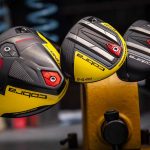
“It’s a touch longer than my standard 4-iron, but what I was seeing was more the potential of it being a driving iron,” Fowler told GOLF.com. “Going to graphite added a couple miles per hour ball speed with the capability of being able to hit the ball in the air and flight it as well.”
Aside from offering a beefier heel-to-toe profile than Fowler’s cavity-back 2-iron, the wider sole on F9 made it easier for him to hit down on the ball and produce a “driving flight without it affecting the ball.”
“When it came to the thinner sole on my CB 2-iron, there wasn’t much there in terms of width for the club to hit the ground and react,” he said. “Now, I can hammer the 4-iron into the ground and not have to worry about turf interaction.”
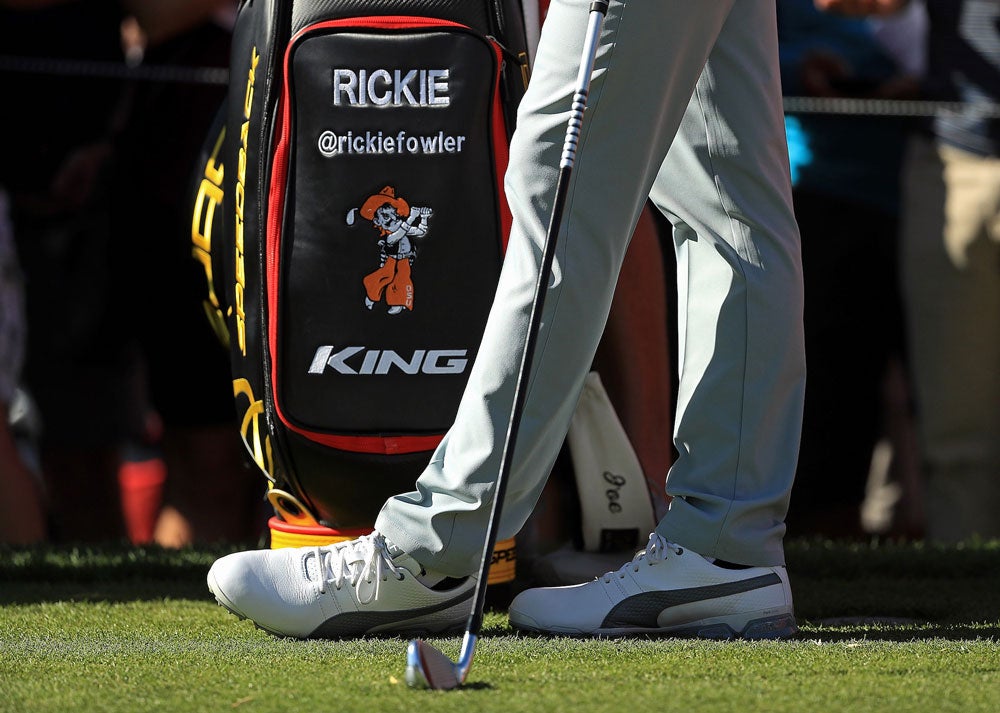
During testing, Fowler noted he was consistently getting spin rates in the low 3000’s — numbers he said were comparable to his 3-wood — with 150-155 miles per hour ball speed.
“It’s spinning like a 3-wood, but I can flight it or get it up in the air if I need to,” he said. “The game-improvement sole versus what I had on the 2-iron has made a huge difference.”
Due to the thinner, hotter faces on today’s game-improvement irons, some have shifted away from hybrids and even driving irons, embracing the wider sole and slightly larger topline that would’ve been a no-go for many players a decade ago.
Until he recently made the move into Ping’s i500 3-iron, Tony Finau carried a larger-profile i200 version. Jason Day is another notable name who carried a more forgiving TaylorMade RSi 2-iron for years.
“These long irons are a good option for guys like Rickie who have the clubhead speed and can see the benefits of the technology packed inside F9,” said Ben Schomin. “It’s a versatile club for him even though it’s technically labeled a game-improvement iron.”




